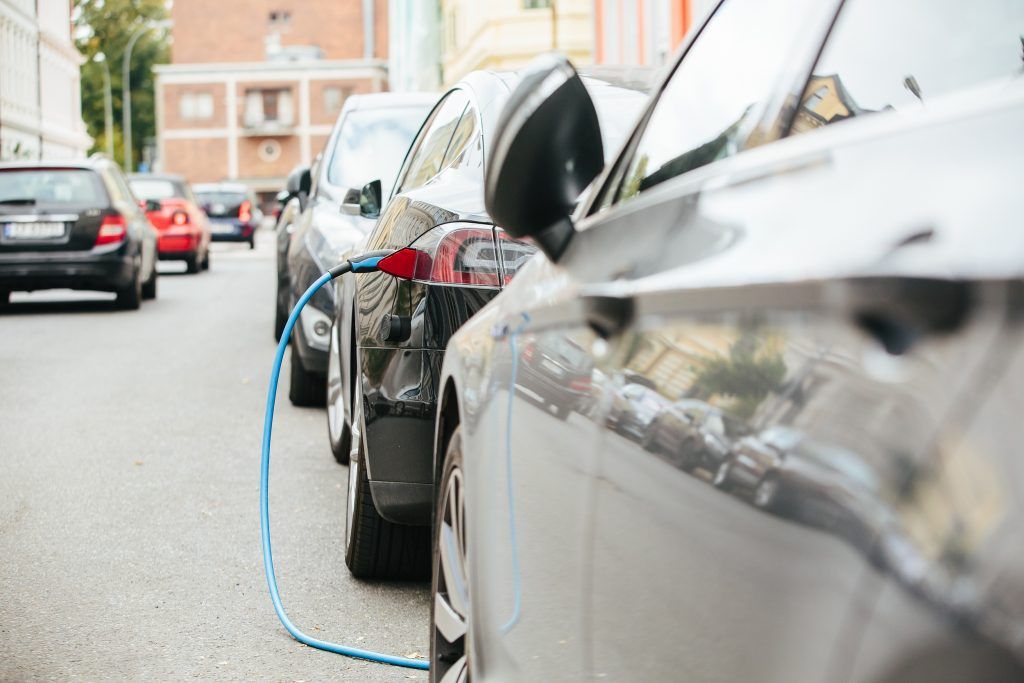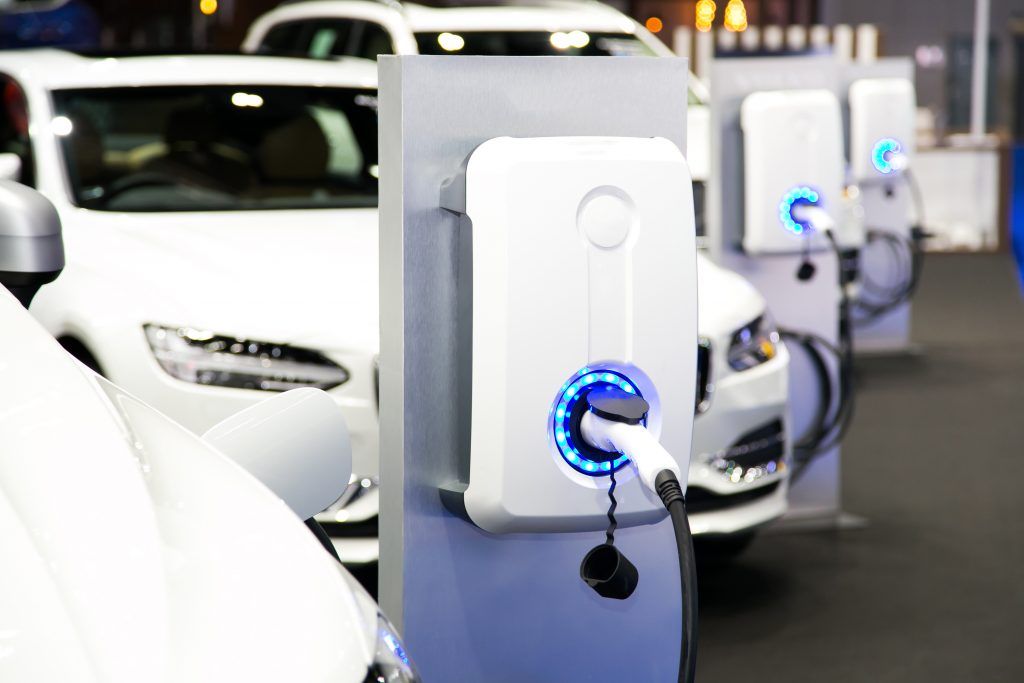A “step change” in investment in Great Britain’s local electricity networks is needed for growth and lowering long term energy costs, according to the government’s infrastructure advisor.
The National Infrastructure Commission’s new report, Electricity distribution networks: Creating capacity for the future, outlined investment must double from the current pace to meet demand by 2050.
It said current regulation by Ofgem is “too complex” and “doesn’t encourage distribution network operators (DNOs) to make the proactive investments needed” to boost network capacity.
In response, the Commission’s report calls for a more proactive approach to both energy regulation and system planning.
Analysis found delivering the level of investment required could add between £5 and £25 to the average annual household electricity bill by 2050 – but electricity bills are still expected to be lower than today even after this additional cost.
A failure to improve the process of connecting to electricity distribution networks will also constrain economic growth and impact the government’s timetable for clean power delivery, it said.
It recommends Ofgem brings in new service standards for DNOs to ensure commercial customers receive a consistent experience when connecting to the network, and introduces incentives for larger connections.
Ofgem’s price control process must also be simplified and have a broader focus on enabling growth and decarbonisation, beyond simply prioritising low costs for consumers in the short term; the Commission recommends government should give new strategic guidance to Ofgem on how to manage the outcomes required.
Barriers constraining future investment should also be tackled and the report proposes a series of procedural changes to the planning system aimed at reducing uncertainty for network operators, adding to existing Commission advice to government on speeding up approval of new infrastructure projects.
The report supports expanding the use of flexibility measures to manage demand and provide whole system benefits, including lowering the cost of electricity through enabling more households to use power at times of lower demand, for example to charge their electric vehicle.
Sir John Armitt, Chair of the National Infrastructure Commission, said:
“The UK is heading in the right direction on decarbonising power, but we can’t be complacent. We must learn the lessons from playing catch-up on transmission grid expansion and get ahead of the curve on investing in our local networks, so people can enjoy the benefits of electric vehicles and heat pumps safe in the knowledge the network will back them up, and businesses can connect where and when they need to.
“That requires a new approach to regulation which encourages operators to make prudent local investments that anticipate future demand. Asking consumers to make a small contribution up front to enable this won’t be welcome, but we should remember there’s a big prize on offer: harnessing the benefits of cheap renewable generation sooner rather than later and building a secure network optimised to support economic growth and decarbonisation, with resilience baked in.”
Nick Winser, National Infrastructure Commissioner, said:
“Every part of our electricity sector must play its part in supporting economic growth, and distribution networks are no exception. But that requires a more strategic approach that empowers proactive investment and ensures network operators do more to make connections easier and faster for more businesses.”
SSEN Distribution’s Managing Director, Chris Burchell, responding to the report, said:
“At SSEN, we’ve long called for reform to the mechanisms to ensure distribution networks enable – and don’t hinder – decarbonisation and growth. The NIC’s findings align with our own conclusions on how proactive investment in distribution networks can spur growth in local economies, and they also provide important validation for our regional strategic development approach to deliver decarbonisation for our communities.”
Yselkla Farmer, CEO of BEAMA, added:
“The NIC distribution review highlights the need to end the ‘build just-in-time’ approach that has led to a lack of network capacity being a blocker for growth and decarbonisation. Instead, the UK needs to invest ahead of need for economic growth.
“The current feast-and-famine model, where procurement stops at each price control doesn’t support supply chain readiness, skills investment or job creation. Ofgem and Government will risk the UK missing Clean Power 2030 goals if they wait until the start of the next price control in 2028 to fix the issues, and by then it will be too little too late.”
Cordi O’Hara, President of National Grid Electricity Distribution, said:
“We welcome the publication of this landmark report, particularly its recognition that the RIIO-ED3 framework will require a significant increase in network investment and a rebalanced focus on long-term network needs. We believe the NIC’s focus on net zero, growth, resilience, customer service, and connections strikes the right balance and is aligned to National Grid and Government ambitions.”
Image from Shutterstock








